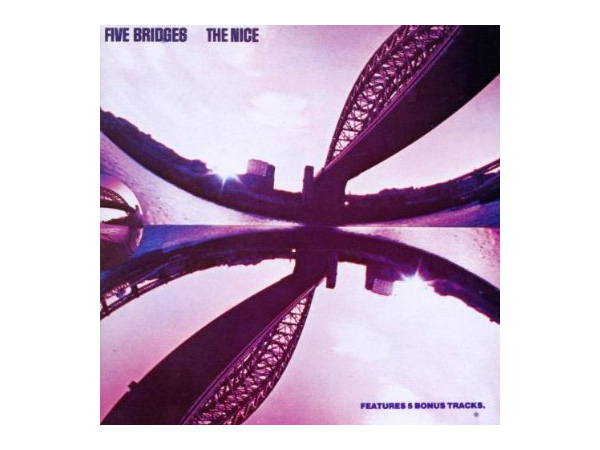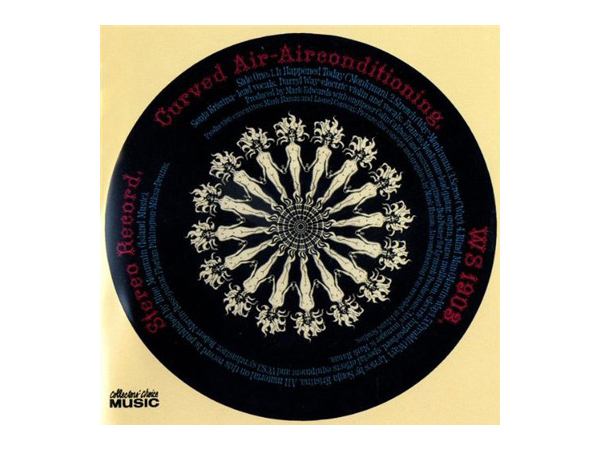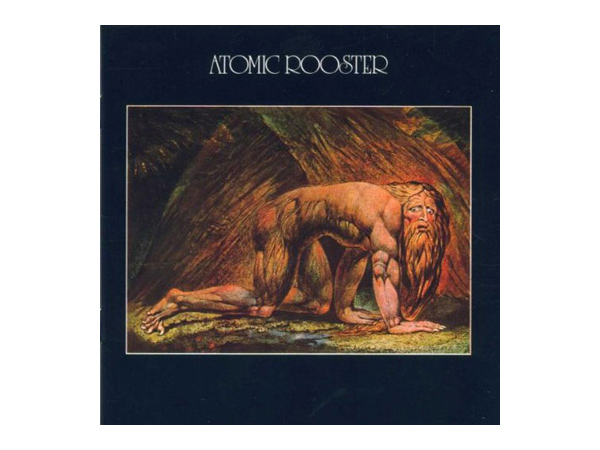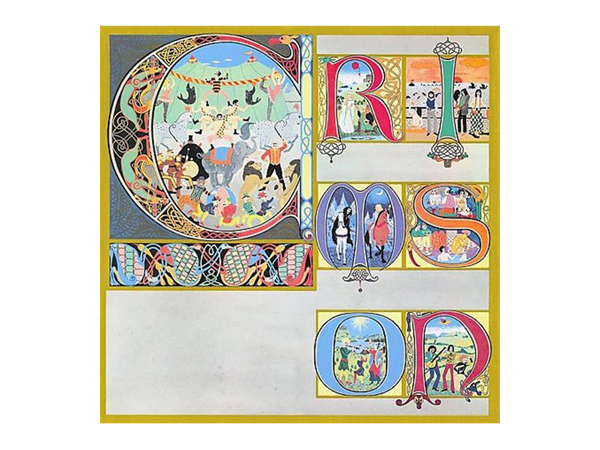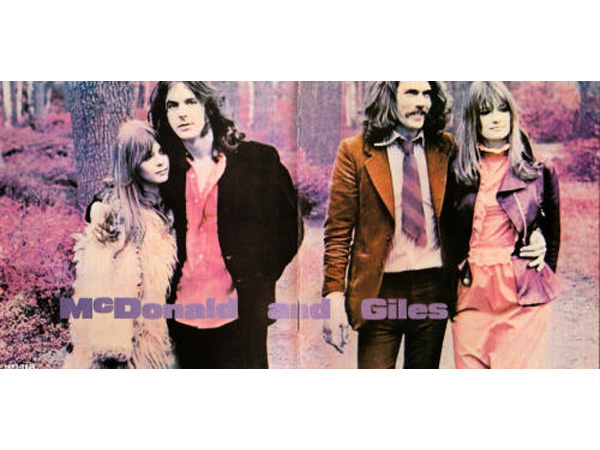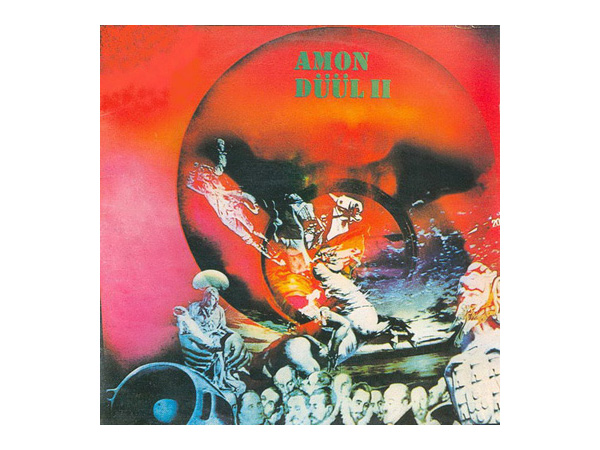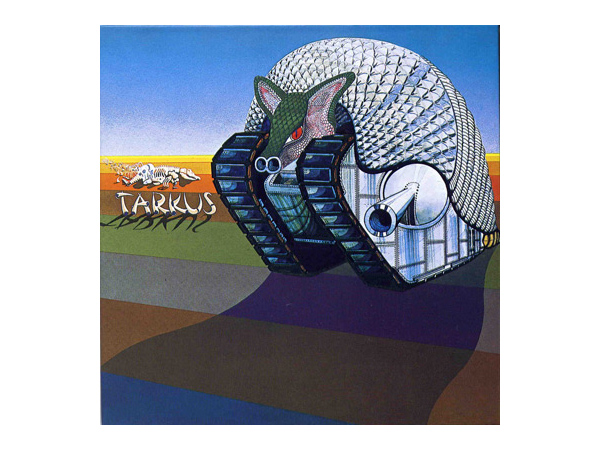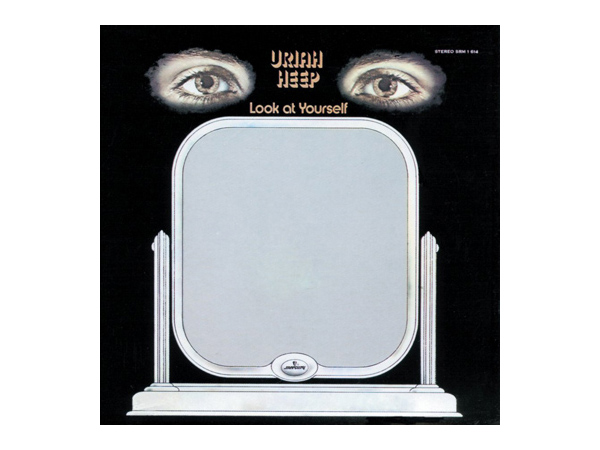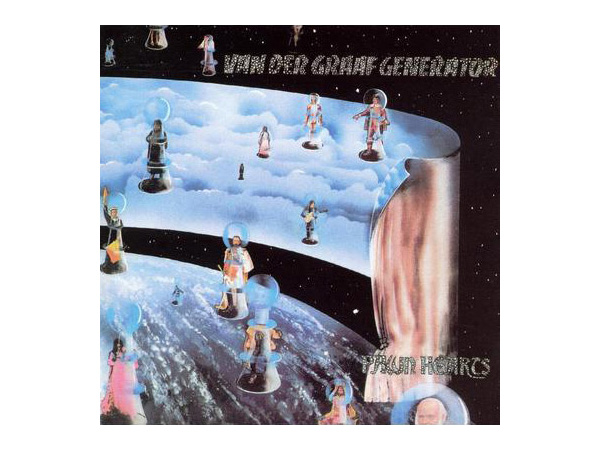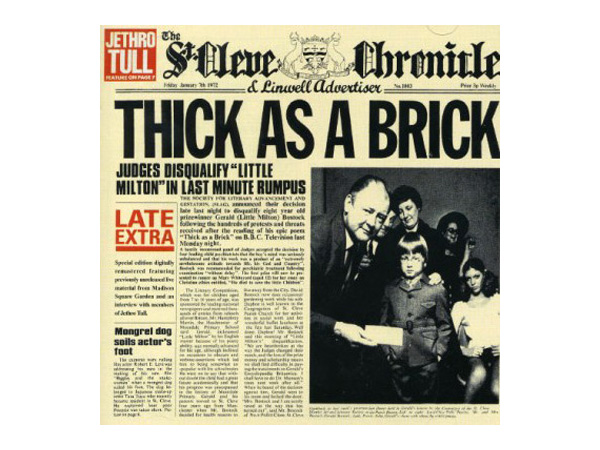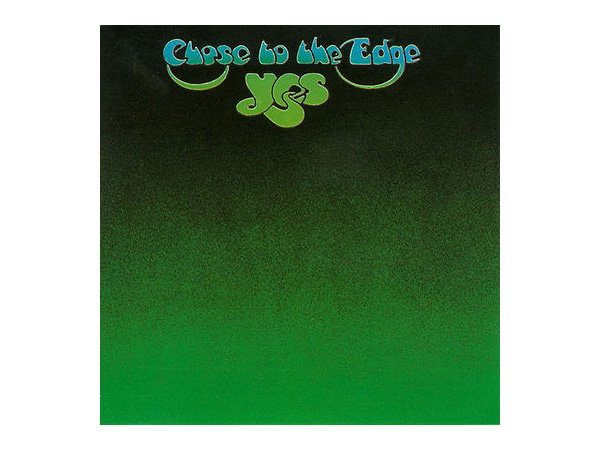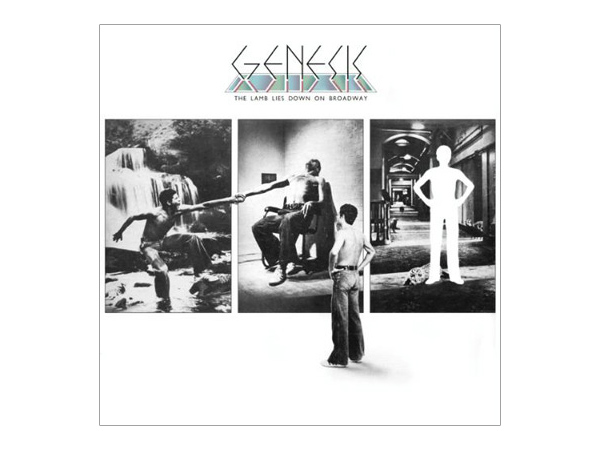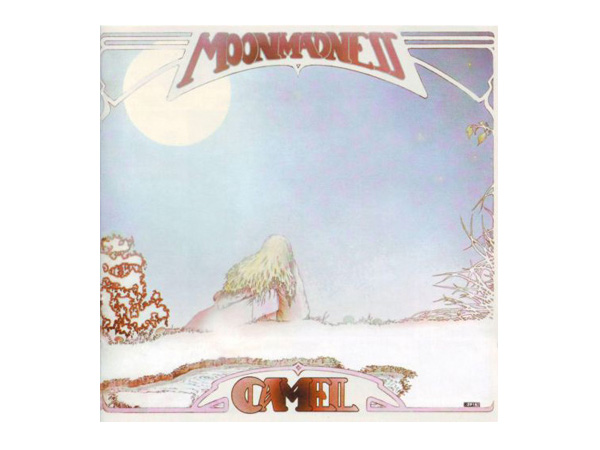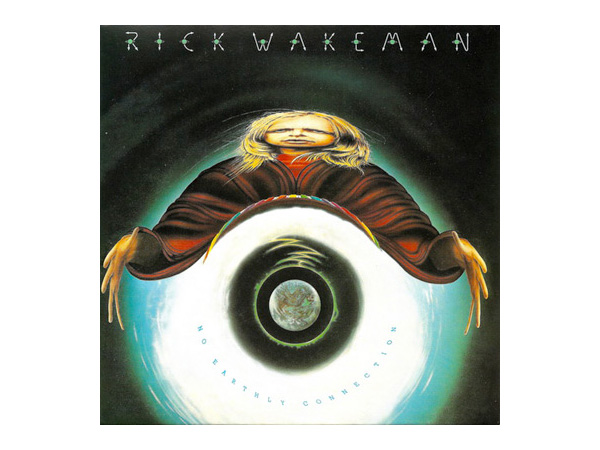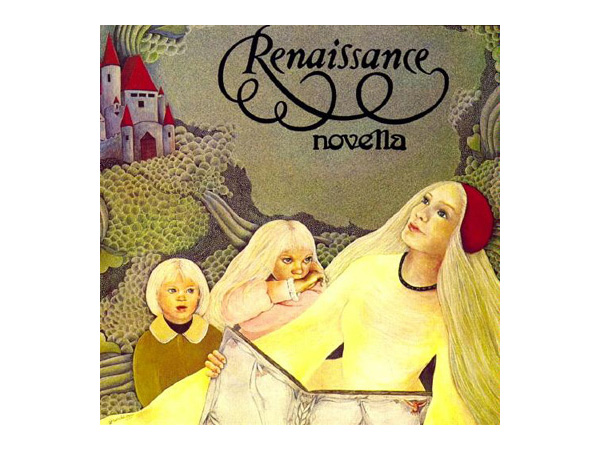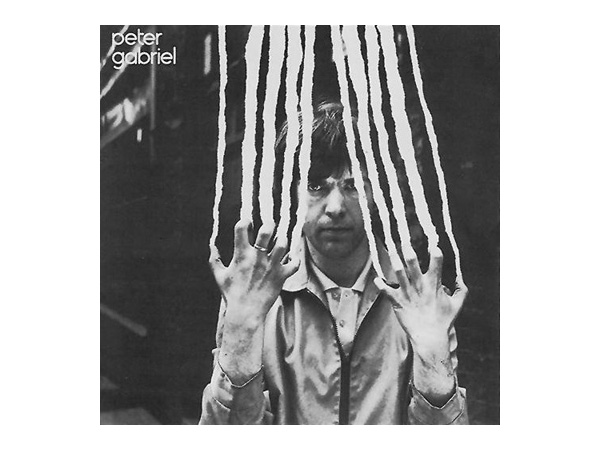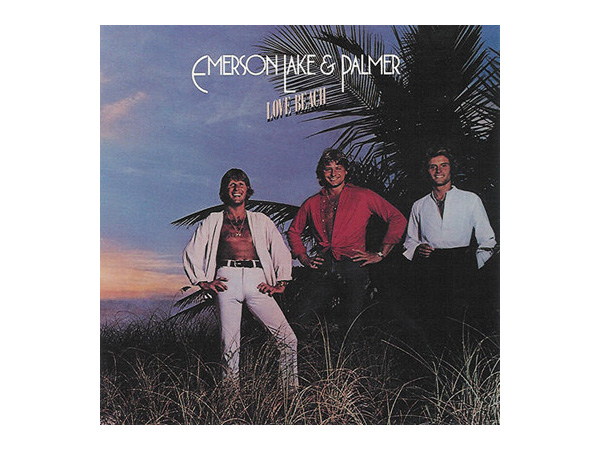Prog Spring
The rise of prog, music never meant for “the average person.”
Here is a list of the musicians, artists, and other figures mentioned in this series, along with brief bios. Listen along to this series with Weigel’s Spotify playlist.
“The Hendrix of the keyboard” was the universally used and completely serious name given to Keith Emerson by the British rock press. American reporters used it too—they’d call him that, or deploy the more generic “Fingers.” You didn’t see Keith Emerson live because he was kitschy. Keith Emerson was a star: ambitious and mad, classically handsome, unafraid to wear tight clothes that glimmered from a distance.
In Britain, in the early 1970s, the Keyboard God was an honored member of the rock ensemble. They were scattered across the firmament of British rock ‘n’ roll, more popular than the guitarists or drummers or even, really, the prancing lead singers. A teenager named Tony Banks saw the Nice live and jotted notes to take back to his band, Genesis. (The working title of “The Knife,” the young band’s first real progressive move, was “The Nice.”) Early in Yes keyboardist Rick Wakeman’s career, a Melody Maker critic thanked him for “some of the best harpsichord rock I have yet heard.” And with so much harpsichord rock to choose from!
That keyboardists were suddenly rock gods represented the sea change that progressive music brought to the rock ‘n’ roll scene of the 1970s. The pop song was out. The prog epic was in. We laugh now at the foolhardiness of these 20-minute rock operas, but at the time they felt revolutionary—like the future of music, arrived all at once in the form of a wall of keyboards and a Moog organ. Small A&R teams went on treasure digs for progressive music. Labels like Charisma, Immediate, Harvest, and Sire signed bands that never intended to record three-minute singles. And the labels could sign them because the tours and the LPs sold. Rick Wakeman could write a thematic micro-opera about the Knights of the Round Table, and sell 10 million copies. In 14 months, Jethro Tull recorded not one but two albums that consisted of single, 40-minute songs. And they both went platinum.
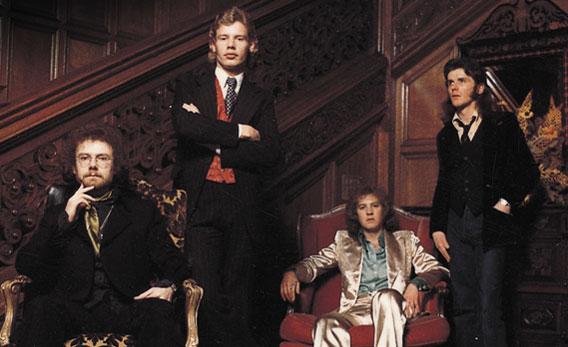
Chuck Pulin/DGM King Crimson Archive
Who was listening to this music? Hippies. Teenagers. Fans who were sure there was something more out there. People who wanted to drop acid and have their pupils bombarded by lasers. Arty types who wanted to find meaning in music, and who—rather than searching for it in short pop songs based on American blues—found it in the quirky Britishness of prog, equal parts twee and subversive.
The musicians, and the audiences, had grown up with rock. They took it seriously. But they didn’t feel constrained. They were more interested in personalizing or stretching the forms passed down to them. Everybody loved the Beatles, but they loved them best when they got weird. “The Beatles,” said guitarist and producer Robert Fripp, “achieve probably better than anyone the ability to make you tap your foot first time round, dig the words sixth time round, and get into the guitar slowly panning the twentieth time.”
This was supposed to be rebellious music. The Louis XVI of the time was the standard pop song structure—creative kryptonite. In a 1974 feature on Yes for Let It Rock magazine, David Laing explained that the “basic impetus was a justified discontent with the limitations of the pre-Pepper pop approach—the glorification of image, the three-minute single, the pressure towards repetition of the already successful formula.” Rejecting the three-minute single in favor of the suite meant rejecting the “establishment” in every way. “It was felt after Sgt. Pepper anybody could do anything in music,” said Yes/King Crimson drummer Bill Bruford in a 1994 interview. “It seemed the wilder the idea musically the better.”
Prog songwriters weren’t interested in writing “Love Me Do.” They weren’t even interested in love—at least not with a real person. When a woman appeared in a progressive song, she was a presence, not a sex object. King Crimson’s “Lady of the Dancing Water” is captured in a moment of seduction (“pouring your wine, your eyes caged mine”), but instead of being objectified, she’s transformed into a muse. Yes’ Jon Anderson, who wrote some of the most mystical lyrics in the genre, told me that he was trying to convey “discovery of the self and connection with the divine.”
Lots of people were. In the late 1960s, Peter Sinfield was a bored computer programmer and aspiring songwriter. He wrote lyrics for the original iteration of King Crimson, then got hired by prog supergroup Emerson Lake & Palmer. “We just thought we were trying to combine music that hadn’t been combined much before,” he says now. “Elements of jazz, and of classical. People think EmersonLake & Palmer were a progressive band, but they were just playing classical music.” Like a lot of the progressives, Sinfield only uses the P-word when pushed. “It’s a word invented by journalists, really,” he says. “We didn’t think of ourselves as progressives—not any of us. Not Yes, not Pink Floyd.”
Maybe, but there was pretty wide acceptance of what “progressive” music was. Promoting “A Quick One While He’s Away,” the Who’s nine-minute, six-movement ballad of infidelity. Keith Moon called it “the kind of progressive material which should enable us to break into America.” Rock critics and record sellers used the term to denote complex music—complicated by long instrumentals, or symphonic parts, or intricate conceptual structure. These were traits that migrated from the European orchestral tradition into prog.
“Most rock music,” says Greg Lake, “was based upon the blues and soul music, and to some extent country and western, gospel. Whereas a lot of progressive music takes its influence from more European roots.” Lake was King Crimson’s first singer and bassist before he became ELP’s middle initial. “It appealed to some people a lot, but perhaps for the average person—if there is such a thing—it was too complex, too involved, too much to have to think about, too much to have to wrestle with. It’s much easier to have a three-minute song—you can sing the hook because you can remember it, and it’s done with. Bing, bang.”
Prog songwriters wanted to shake up the assumptions listeners brought to pop music. In his 1997 history Rocking the Classics, the music theorist Edward Macan argues that the progressives built their sound by “uniting masculine and feminine musical characteristics.” The electric guitar and the Mellotron tape can dominate different sections of the music; neither sound is wasted as filler. The flute, if you gave it to Jethro Tull’s Ian Anderson or Focus’s Thijs Van Leer, could be played in a rough way that let the listener hear the exertion and breaths of the flautists. On another song it could be played in the classic style, but high and loud in the mix, as vital as the rhythm section.
The masculine/feminine dynamics led to purposefully unsettling music. In the Court of the Crimson King starts with “21st Century Schizoid Man,” which is easiest to categorize as proto-heavy metal. It begins with Fripp playing a distorted nine-note riff, then playing it again but jumping up an octave for the last three notes, then repeating that, until the riff becomes a sort of elephant squeal. Kanye West sampled the first note for 2010’s “Power.” (On his last tour, Lake opened his shows with the Kanye song playing as lasers splayed the stage.) But “Schizoid” doesn’t stay in the proto-metal mode. Ian MacDonald, a multi-instrumentalist who’d played with army bands, introduces fast, spitting saxophone lines, turning the next sections of the song into hyperactive jazz.
Humans have spent tens of thousands of years learning to perk up when they hear surprising sounds. You needed to tell a saber-toothed tiger from a gust of wind. So the conflicting attitudes, discordant instrumentation, and jerky rhythms and tempos of prog keep us constantly on edge. Even a prog act’s poppiest song, like Pink Floyd’s “Money,” attempts to undermine the assumptions of radio rock. Roger Waters wrote it in 7/4 time—ONE and TWO and one two three | ONE and TWO and one two three... The groove is born out of that tiny moment of suspense. Many progressive epics change time signatures from bar to bar.
Defining or categorizing this music is basically impossible. Progression magazine, a glossy quarterly journal that’s been around for 20 years, has identified at least 19 sub-genres, including “neo-progressive,” “neo-classical progressive,” and “rock in opposition”— that one coined by Chris Culter, a drummer for Henry Cow, to describe music you can’t describe.
Better to think of “progressive rock” as a lab for three kinds of musical modes. The first was all retrospection, trying to replace the standard American-derived influences of pop-rock with English and European influences—see Renaissance, or early Genesis, or early Barclay James Harvest. The second was futurism, and the use of new sounds and new non-rock influences to replace the standard musical modes—see the continental European bands: Amon Dull II, or PFM, or Magma, the French act that contrived a new language (Kobaïan) for its lyrics.
The third mode was experimentation. “We thought of ourselves as English rock musicians doing our own thing,” said Egg/National Health keyboard player Dave Stewart to Paul Stump, a British music journalist. “Progressive, we thought, was Genesis and Yes, and all that stuff, which we hated.” Instead, he wrote music with “19/8 rhythms, polyrhythms, polytonality. It was hard to learn, hard to play, and probably hard to listen to.” Music that copied nothing and could be replicated by nobody.
So: What’s the proggiest prog song that ever progged? How about King Crimson’s “Larks’ Tongues in Aspic (Part II)”? Every single thing about the song, released in 1973, is ambitious—or perhaps pretentious. Start with the title. Fripp and the band had recorded a section of the first piece in the series that would become “Larks’ Tongues,” long and disturbing and avant garde. They played it for Jamie Muir, a multi-instrumentalist who was fond of Steve Reich’s found songs. Where other musicians might want to record drums, he preferred “sheets of tin rattling and ripping, piles of crockery breaking.” The band asked Muir what their new music sounded like. “Why, larks' tongues in aspic,” he said. “What else?” He’d compared the sound to tiny delicacies trapped in gelatin. This, the band all agreed, was brilliant.
The song starts with Fripp playing flatted electric guitar chords in 11/8 time (I). Drummer Bill Bruford comes in on the second measure, hitting a cymbal on the downbeat, and the scales go higher and higher until—swoop, at 0:45, everything falls away and a softer, less unsettling violin-and-bass-driven melody (II) arrives, courtesy (respectively) of David Cros and John Wetton. The pattern repeats, but the second time we hear the violin, it’s accompanied by the distorted voices of laughing gremlins. At 3:40 a new, slower 6/8 melody (III) starts. At 4:00, David Cross starts torturing his violin. Its death rattle continues until the return of II – and at 5:55, a Bruford drum roll inaugurates a full 40 seconds of torture, ending with a final, minor Fripp chord.
But Larks’ Tongues in Aspic was not a million-seller. Robert Fripp’s most-known guitar part might actually be the sustained lick on David Bowie’s “Heroes.” Carl Palmer (drums) and John Wetton (bass) scored their fattest royalty checks when they formed Asia, after which millions of people had to own “Heat of the Moment.”* The first time Fripp heard “Larks’ Tongues” being peddled to the masses, sort of, was when a Muzak-ish cover appeared in the opening scenes of the 1974 soft-core classic Emmanuelle. Fripp sued and got it taken out. This music was not meant to accompany scenes of French women finding themselves sexually. The listener had to focus on it and peel the layers back. “We're not to be enjoyed,” Fripp told one audience in Milwaukee. “We're an intellectual band.”
Later he would say he was joking.
Correction, Aug. 15, 2012: This article mistakenly named Bill Bruford as a founding member of Asia.
SlateV imagines the definitive collection of progressive rock, for any (semi) serious fan: Now That’s What I Call Prog!

